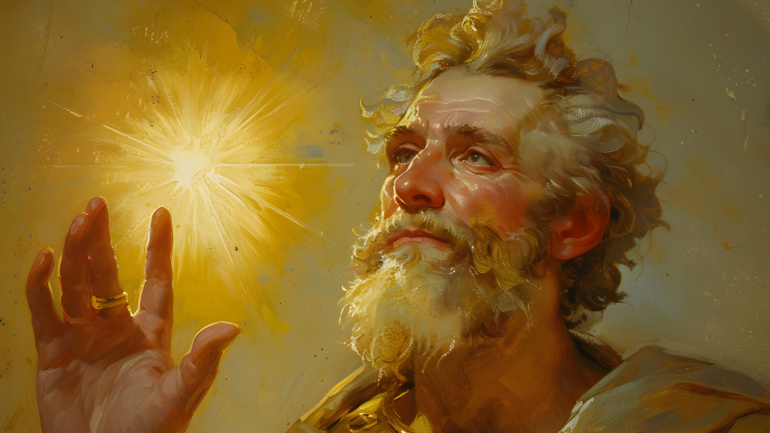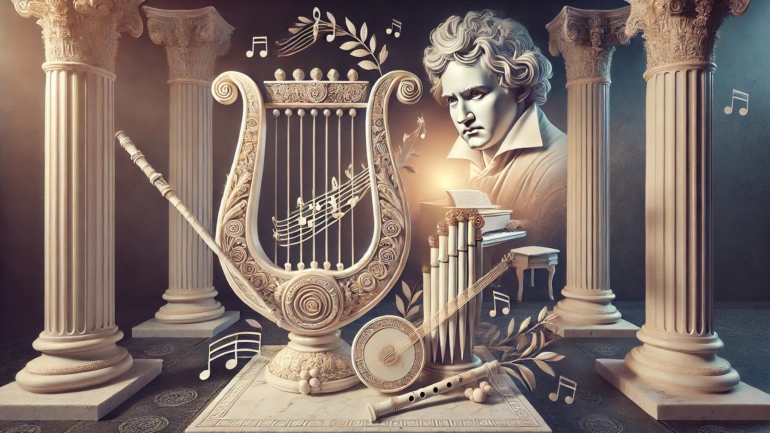Today, I will introduce to you the greatest painter in German history—Albrecht Dürer, without a doubt. Previously, we discussed the Southern and Northern Renaissance, and Dürer was a versatile artist who combined the best of both worlds.
The Greatest German Painter: Albrecht Dürer
- Albrecht Dürer (1471–1528): The Greatest German Painter
Dürer is undoubtedly the greatest painter in German history. He was a versatile artist who excelled across various mediums, including engravings, oil paintings, watercolors, and sketches, all of which hold immense artistic value. A polymath with profound knowledge, Dürer has been called the “Leonardo da Vinci of Germany.” - Early Life and Artistic Journey
Born in Nuremberg, Germany, Albrecht Dürer showed exceptional talent for painting from a young age. He traveled extensively to study and even apprenticed under the Italian painter Giovanni Bellini. Through constant learning and adaptation, he combined the strengths of the Northern and Southern Renaissance. His works reflect the meticulous detail of Netherlandish painting, bringing lifelike vibrancy to his subjects, and the scientific rigor of Florentine art, evident in masterpieces like Christ Among the Doctors, where every hand gesture aligns precisely with human anatomy. - The Narcissistic Genius
Dürer was the first known painter in history to embrace his own image and talent so confidently. Unlike his predecessors, who avoided self-inclusion in sacred themes, Dürer often placed himself prominently in religious artworks, sometimes standing beside Jesus or the Virgin Mary to assert his artistic significance. Beyond that, he had an obsession with self-portraits. From the age of 13, his self-portraits radiated confidence in his appearance and talent. His most iconic self-portrait depicts him in a Christ-like pose, pointing to himself as if to declare, “I am the god of painting.” Dürer set the trend for the self-glorification of artists. - Creator of the First Artistic Logo
Dürer was the first painter to design a personal logo. His signature “AD” monogram appears on all his works, boldly proclaiming his authorship. This was unprecedented at the time. Even Jan van Eyck, a master of subtle self-representation, used hidden reflections or tiny inscriptions in his works, whereas Dürer openly signed his name, further demonstrating his immense self-assurance. - The Father of Modern Printmaking
Dürer is considered the first great master of printmaking. His engravings had a profound impact, with Melancholia being one of his most famous works. Printmaking arose out of a need for mass production of illustrations for religious texts before the advent of printing presses. While earlier printmakers lacked sophistication, Dürer elevated the art to new heights through innovation, becoming the first to truly master this medium. - Artistic Strengths and Limitations
Although Dürer achieved incredible artistic heights, he had limitations in depicting large-scale scenes. While he expanded the Northern tradition of focusing on one or two figures into compositions with five or six subjects, he struggled with creating grand scenes involving hundreds of characters. However, great art is about focus, not excess. The essence of Dürer’s genius lies in his mastery of the techniques he commanded and his ability to craft a unique artistic language that left the world with timeless masterpieces.
Dürer remains an unparalleled artist who reshaped the landscape of art, blending technical brilliance with profound self-expression.


Dürer’s watercolor works are characterized by an extremely meticulous depiction of objects.

Dürer – Christ Among the Doctors: The hand gestures of the figures in the painting vary greatly and are precisely rendered.

Dürer’s self-portrait at age 13

Dürer’s self-portraits at ages 22 (left) and 27 (right)

Dürer’s self-portrait at age 29

Dürer designed his personal logo by combining the initials of his name, “A” and “D,” with the numbers above representing the year of the artwork’s creation.

Dürer’s engraving works
Top left: Adam and Eve
Top right: Melancholia
Quick Tip
How to quickly judge the skill level of a self-portrait?
In most cases, a self-portrait features only one hand, as the other hand holds the brush and cannot be posed for reference. If you come across a self-portrait where the artist has painted both hands, it’s a remarkable feat, demonstrating the artist’s exceptional skill.


